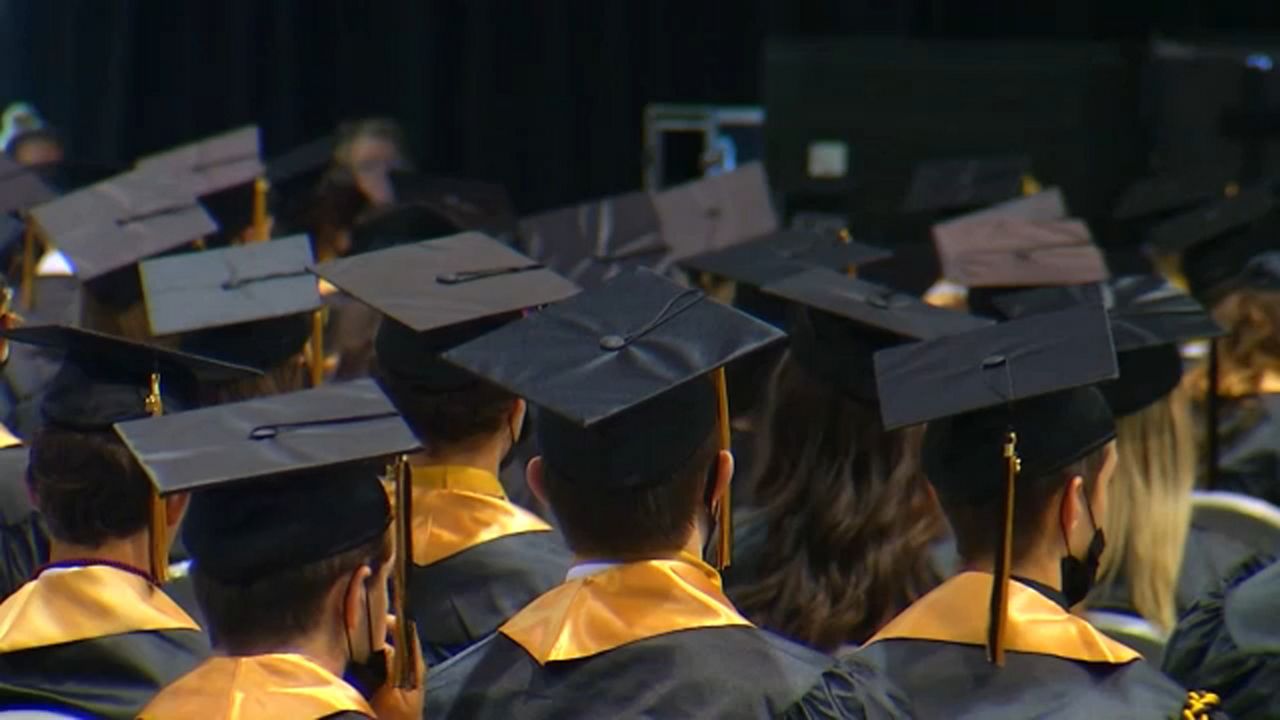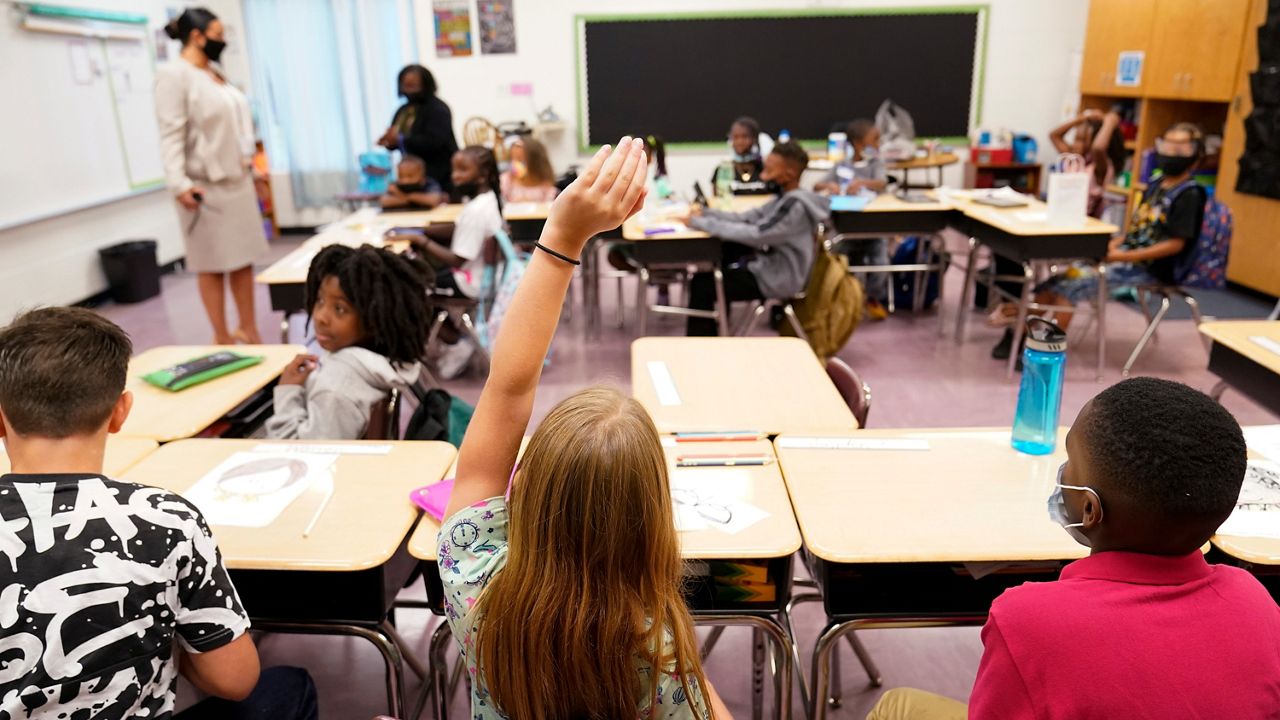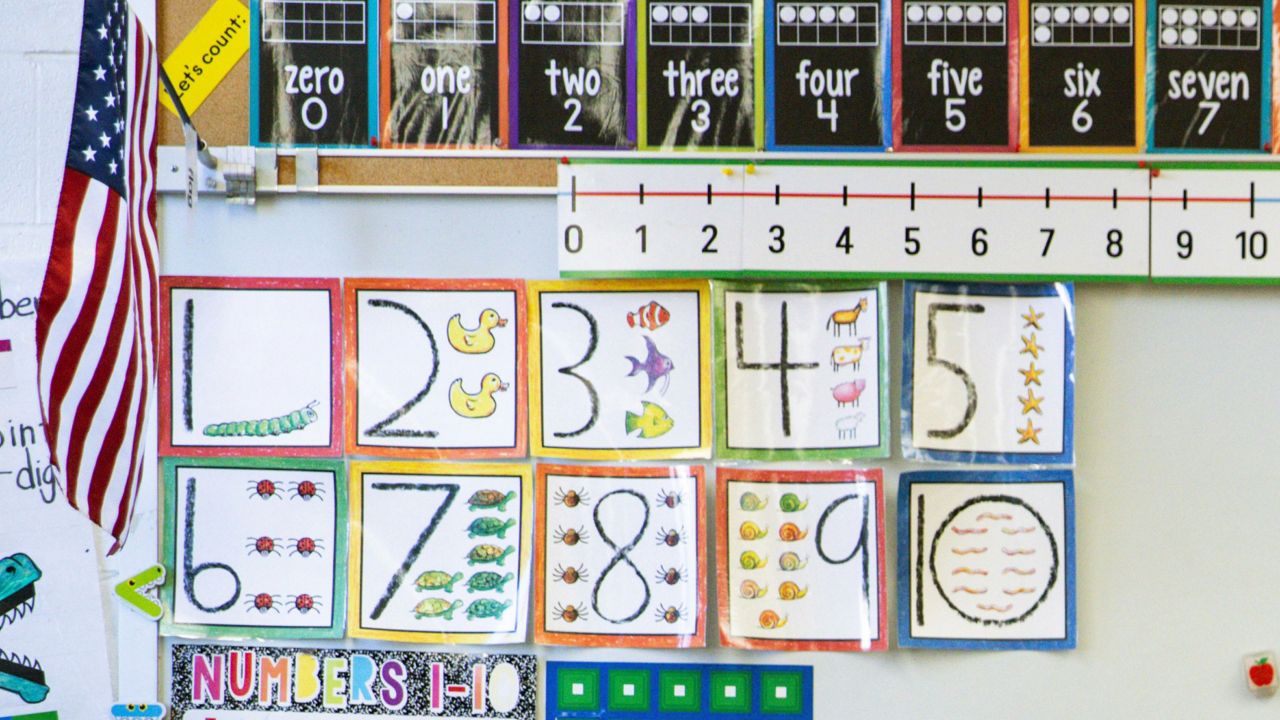After years of lobbying lawmakers as well as two governors, K-12 public schools in New York began receiving the balance of a long-promised tranche of Foundation Aid.
For the 2022-23 school year, K-12 schools in New York received an increase of $1.5 billion over last year.
Now, the state’s community colleges, which received an increase of $56.9 million last year, want some of that love too.
The problem is that enrollment at community colleges has fallen by 10% since 2008.
Additionally, some community colleges are concerned that they are starting to compete with four-year SUNY schools when they’re supposed to be a cheaper alternative.
“The state of New York is not committing to higher education the way it commits to K-12 education. We have to address that,” said Stephen Acquario, executive director of NYSAC, the New York State Association of Counties.
According to Dr. Cathleen McColgin, president of Herkimer County Community College and president of the Community College Association, the role of community colleges is unique. They provide local, affordable and accessible education to students, who will either transfer to four-year colleges, or move directly into the workforce.
“We also partner with our local business and industry leaders,” McColgin said. “We can provide that flexible, nimble on-demand training that they need.”
Indeed, part of the incentive package the state and Onondaga County offered to Micron to lure the chip maker here, included a promise that community colleges around the state would help train a workforce specifically tailored to the company’s needs. Schools like Onondaga County Community College and others are planning to provide both academic programming and skills training for Micron.
It’s not the first time that community colleges have done this. The ability to tailor curricula to the economic realities of the state has proven to be a boon to both businesses and to students.
“They adapt so quickly to the changing needs of the economy,” said Acquario.
But Acquario is concerned about low enrollment — an issue for counties because they have a financial stake community colleges, as well as a personnel stake: Many of these colleges feed directly into the county workforce, supplying nurses, mortuary assistants, police and other civil servants.
McColgin blames the fall in enrollment on demographics and COVID-19.
“When high school demographics fall, unfortunately all community colleges fall in enrollment,” she said.
But like other institutions, community colleges have fixed costs, including salaries, utilities and insurance.
They have three funding sources: the state of New York; tuition and fees; and counties, which are also known as “sponsors."
Counties also supply a portion of the tuition from out-of-county students. For example, a “charge-back” is the cost to, say, Albany County, which has no community college, for a student who may travel across county lines to Rensselaer County, which “sponsors” Hudson Valley Community College (HVCC).
“[Albany] County would get a bill for a portion of that tuition for that student to attend HVCC,” Acquario explained.
SUNY sets the amount of money counties may charge in charge-backs, a dynamic that Dr. McColgin said works out well.
“I believe that SUNY’s administration has taken great strides and has taken great effort to move us into a more comprehensive system,” McColgin said.
But NYSAC’s Acquario would like to see SUNY reconsider how much community colleges receive in charge-backs and the state reconsider its commitment to community colleges.
“The state aid that we’ve received over the past decade is down,” Acquario said. “We’re down 10-20%. The counties are putting in $400 million."
EDITOR'S NOTE: This story has been corrected to correctly spell Dr. McColgin's name.









